Mars is a harsh and unforgiving environment, posing significant challenges for future human exploration. One of the biggest threats? The planet’s fine, abrasive dust, which has the potential to damage spacesuits, compromise seals, and shorten the lifespan of crucial equipment. To address this issue, NASA’s Perseverance rover is playing a key role in testing materials and designs that could shape the future of astronaut gear on the Red Planet.
The Problem: Mars Dust and Its Impact on Spacesuits
Mars’ surface is covered in an ultra-fine layer of dust that is not only pervasive but also highly abrasive. This dust, composed of iron-rich particles and sharp mineral fragments, can wear down materials over time. Unlike the moon, where dust sticks due to electrostatic charges, Mars dust is known to be highly mobile due to frequent dust storms and shifting winds.
For astronauts, prolonged exposure to this dust can lead to:
Abrasion and Wear: Spacesuit joints, visors, and fabric could degrade, reducing functionality and increasing the risk of exposure to the Martian environment.
Seal Failure: Dust particles could infiltrate life-support systems, causing critical failures in airlocks, connectors, and other vital components.
Health Concerns: Martian dust is believed to contain perchlorates, which can be toxic when inhaled or absorbed through the skin over extended periods.
NASA’s Perseverance Rover: A Testing Ground for Mars Gear
Perseverance is not just searching for signs of ancient life—it’s also helping NASA engineers understand how different materials hold up against the Martian environment. Some of its key contributions include:
MOXIE Experiment: While primarily designed to test oxygen production on Mars, MOXIE provides insights into how dust might affect mechanical systems over time.
Weather Monitoring: Instruments on the rover track wind speeds, dust levels, and atmospheric changes, giving scientists crucial data on how dust interacts with surfaces.
Ingenuity Helicopter: By flying close to the surface, Ingenuity stirs up dust, allowing researchers to analyze how particles move and settle, which can inform spacesuit and habitat designs.
Innovations in Spacesuit Design for Mars
To combat the abrasive Martian environment, NASA and its partners are working on advanced materials and design strategies:
Dust-Repellent Fabrics: Researchers are developing specialized coatings and nanotechnology-based materials that prevent dust from sticking.
Self-Healing Materials: Some proposed suit designs incorporate materials that can “heal” minor abrasions over time, prolonging their usability.
Improved Seals and Joints: Advanced polymer-based seals and flexible, reinforced joints could minimize dust infiltration while maintaining astronaut mobility.
Electrostatic Shields: Experimental technology aims to use electric fields to repel dust from critical surfaces, reducing accumulation on visors and connectors.
What This Means for Future Mars Missions
Understanding and mitigating the effects of Mars’ harsh dust environment is crucial for ensuring astronaut safety and mission success. The research conducted by Perseverance is laying the groundwork for future manned missions, allowing NASA to refine spacesuit technology before humans set foot on the Red Planet.
By leveraging data from robotic missions, scientists can develop durable, long-lasting astronaut gear that withstands Mars’ extreme conditions. The ultimate goal? Ensuring that when humans finally explore the Martian surface, their spacesuits remain intact and fully functional—no matter how much Mars tries to shred them.






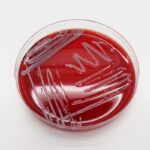

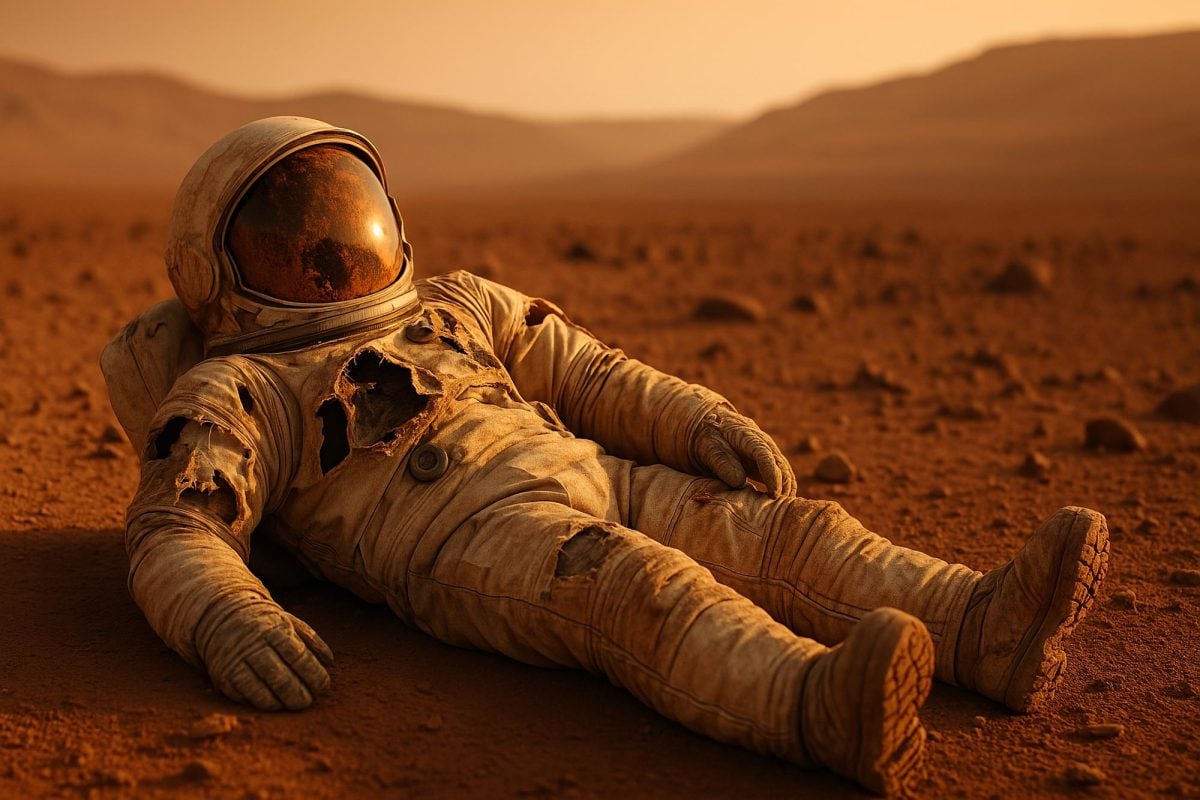


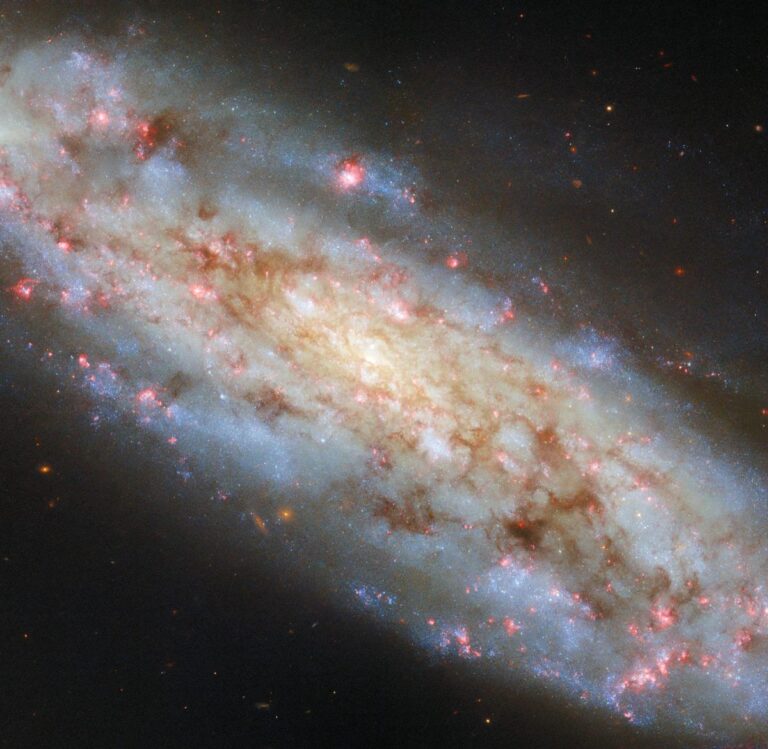
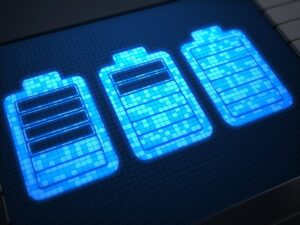
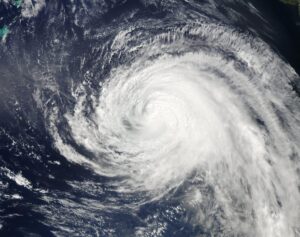


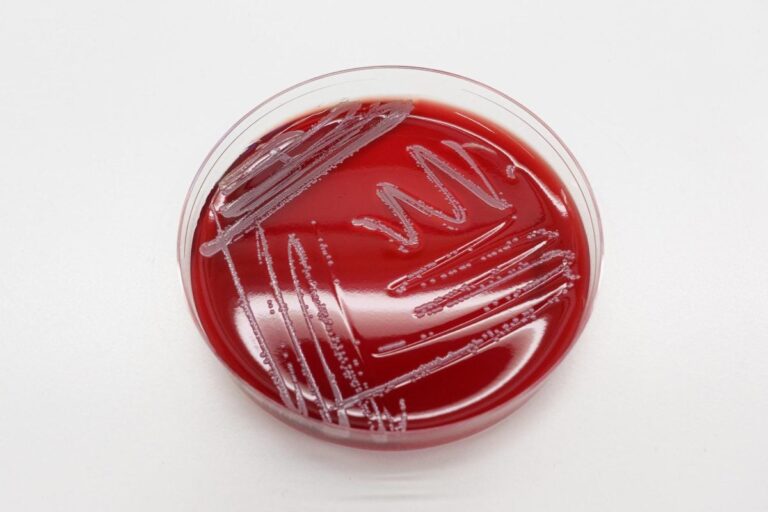
+ There are no comments
Add yours